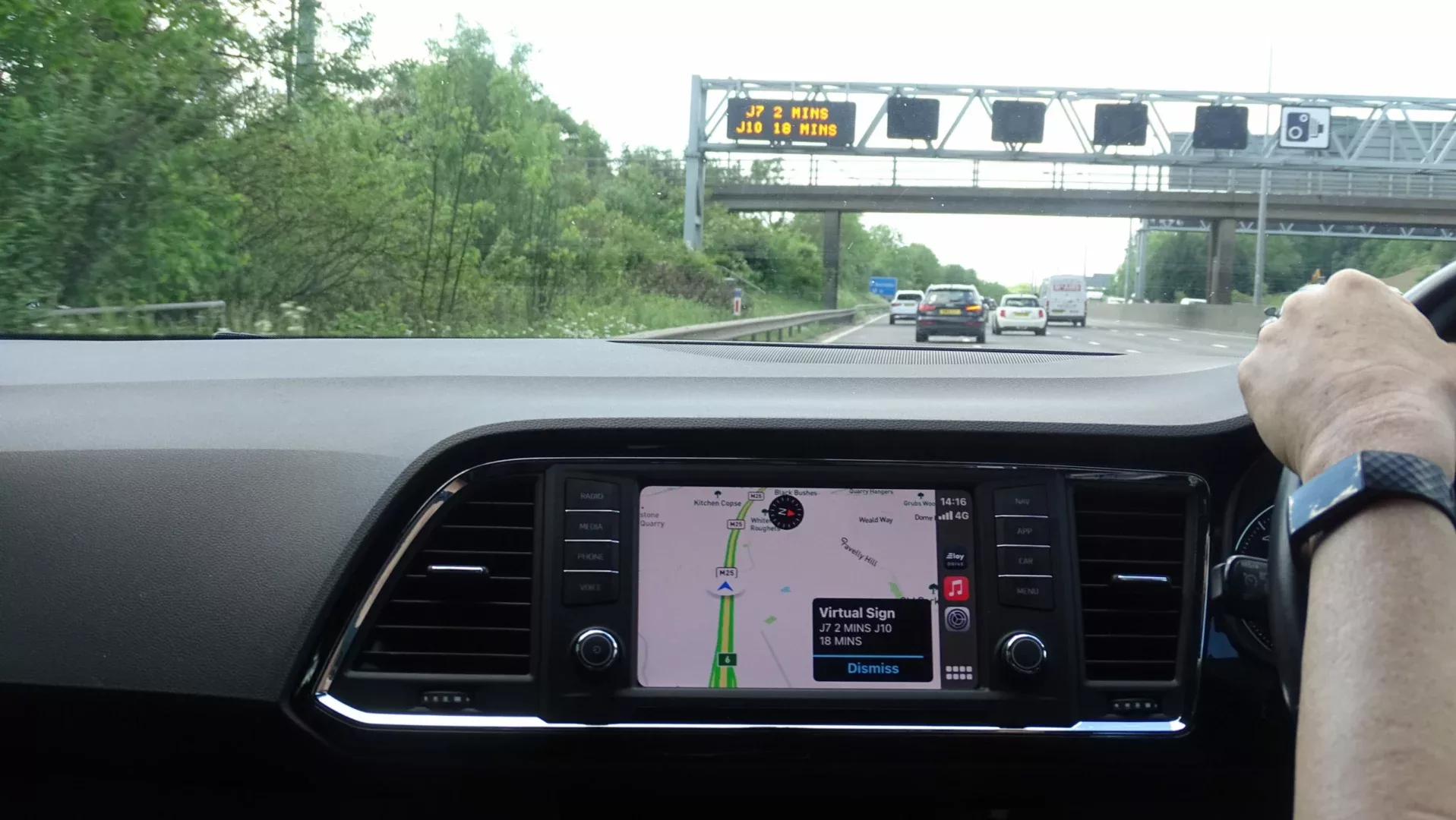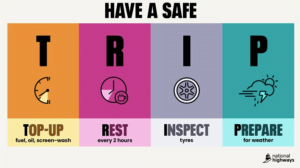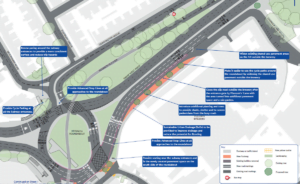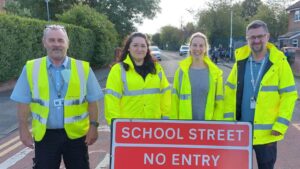Data collected from connected vehicles can offer near real-time insights into highway safety problem areas, identifying near-misses, troublesome intersections and other roadway dangers.
New research from Michigan State University and Ford Mobility, which tracked driving incidents on Ford vehicles outfitted with connected vehicle technology, points to a future of greatly expanded understanding of roadway events, far beyond simply reading crash data., reports Gov Tech.
“Connected vehicle data allows us to know what’s happening now. And that’s a huge thing. And I think that’s where a lot of the potential is, to allow us to actively monitor the roadways,” said Meredith Nelson, connected and automated vehicles analyst with the Michigan Department of Transportation.
“Connected vehicle data is a great supplement to help us build that full picture,” Meredith added during a recent webinar organised by StreetLight Data, a transportation analysis company, to discuss the research findings.
The research looked at data collected from Ford vehicles in the Detroit metro region equipped with connected vehicle technology from January 2020 to June 2020, drawing on data collected by Ford’s Safety Insights platform in partnership with StreetLight Data. The data offers insights into near-miss events like hard braking, hard acceleration and hard corners. In 2020 alone, Ford has measured more than a half-billion events from tens of millions of trips.
Traditionally, researchers relied on police-reported crash data, which had its drawbacks, in part, because of the delay in reporting, said Peter Savolainen, an engineering professor in the Department of Civil and Environmental Engineering at Michigan State University, with a research focus looking at road user behavior.
“As we look at some of the connected vehicle data, that can become available almost on a day-to-day, real-time basis,” Savolainen explained, in some of his comments on the webinar panel. “So we can be a bit more proactive in terms of how we try to address some of these issues.”
It’s not just the speed of receiving the data, but the level of detail that’s never been available, such as knowing where a motorist slammed their brakes, which, when paired with other data sets like the locations of work zones or even crosswalks, can offer larger insights into how to make these areas safer, even though an actual crash never occurred.
Similarly, StreetLight Data has been involved in research into bike and pedestrian safety.





















